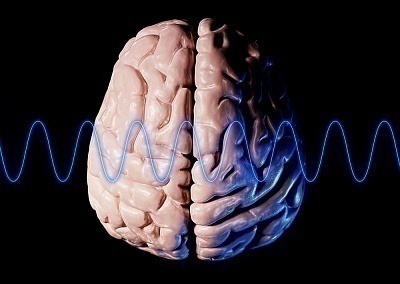Isochronic Tones
Isochronic tones are used in brain entrainment. When a single isochronic tone is repeated rapidly and a pause of silence follows each pulse, the brain produces a similar frequency. Isochronic tones can change a person’s mood, affect a person’s physical attributes, and produce effects such as lucid dreaming, out-of-body experiences, or hypnosis. Isochronic tones are similar to binaural and monaural beats but differ because they do not change.
How Brain Entrainment Works
Brain entrainment is a relatively new field of study that involves frequency production in the brain. When the brain is exposed to a repeating beat, tone, or other frequency, it mimics the frequency by producing its own. This frequency can be measured in Hertz, or cycles per second, and has a direct impact on the subject’s mood, energy levels, and state of consciousness. By varying the frequency or intensity of the sounds that are used, a person using a brain entrainment technique produces various effects.
Applications
Isochronic tones are used in brainwave entrainment in order to artificially produce a state of consciousness. The idea behind brainwave entrainment is that every mood and every consequent action is directly related to a corresponding frequency range. By using isochronic tones and binaural/monaural beats, an ideal frequency range can be produced at will.
Isochronic Tones vs Binaural and Monaural Beats
Isochronic tones are generally considered more advantageous than binaural and monaural beats because they clearly distinguish between the tone and periods of silence. This makes it easier for the brain to entrain to the tone. Binaural beats, which produce a frequency in the brain that is equivalent to the difference in frequencies of a primary beat and a secondary beat, are said to be better for lower frequencies. Monaural beats are similar to binaural beats but consist of two waves that have already been mixed together and do not require the brain to calculate the difference. This allows monaural beats to be played through speakers while binaural beats must be heard through headphones.


Comments - No Responses to “Isochronic Tones”
Sorry but comments are closed at this time.